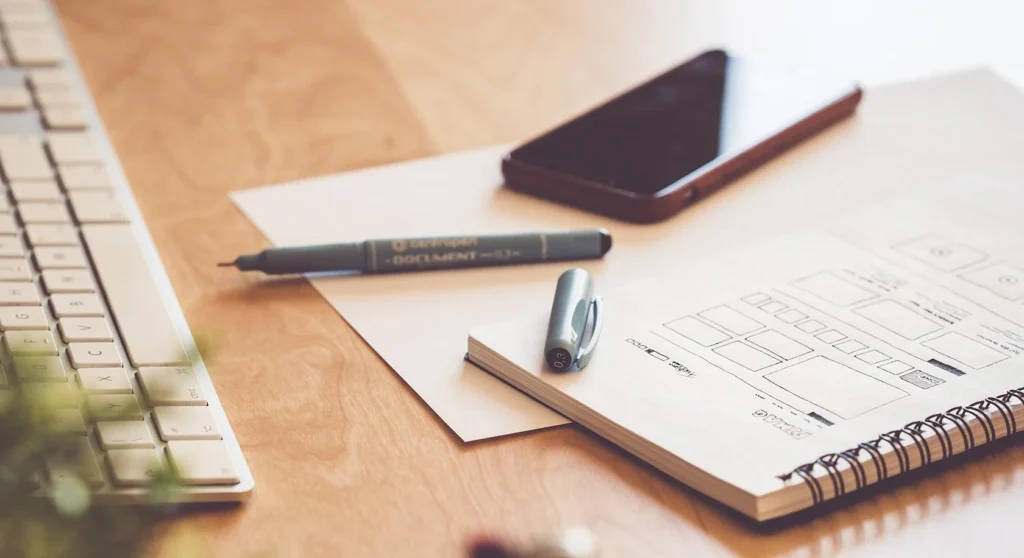Designers face tough problems every day—problems that require them to find design solutions that deal with business and technical constraints while also addressing user needs.
Questions are a genuine expression of our curiosity and interest in something. By knowing how questions work and how to use them cleverly, designers can unleash the potential of good questions to build understanding, trigger the imagination, and foster collaboration. Designers have the responsibility to help teams establish direction and not waste valuable resources working—no matter how fast—on the wrong problems.
Some designers are afraid of annoying people. Designers should make it clear that they are not there to annoy people or slow down the process unnecessarily but to help the team build better products; consequently, their feedback should be seen as a valuable contribution and a crucial part of a prudent design process.

A good question is the one that lets you obtain the type, quality, and quantity of information you need. Here are some basic but very effective types:
Open-ended questions encourage people to reflect and reveal what’s important for them. They allow people to freely expand on what is comfortable for them, rather than justifying their thoughts. Below are some types of open-ended questions:
- Explorative questions force expansion on new points of view and uncovered areas. Have you thought of…?
- Affective questions reveal people’s feelings about something. How do you feel about…?
- Reflective questions encourage more elaboration. What do you think causes…?
- Probing questions invite a deeper examination. Can you describe how…?
- Analytical questions look for the roots of a problem. What are the causes of…?
- Clarifying questions help align and avoid misunderstandings. So, you mean that..?
- Closed questions call for specific answers—usually yes or no—or they force the respondent to select an answer from a given set, or to agree or disagree with a statement. Closed questions tend to focus on facts—what, when, where—and are usually easy to answer.
The form of a question is part of its function. Good questions should be framed under these principles:
- Good questions should empower.
- Good questions should challenge assumptions.
- Good questions should cause the person to stretch.
- Good questions should encourage breakthrough thinking.
Even if you choose the right type of question and you frame it correctly, you need to set the stage in order for others to understand why you are asking questions and what for.
- Adopt a learner mindset.
- Find the right people to ask.
- Set the stage.
- Ask your questions.
- Dig deeper.
Good questions challenge the status quo, forcing people to pay attention to what’s really going on. They help discover how things work, who’s involved, and how everything relates.
- Find the root of the problem.
- Challenge assumptions.
- Understanding context.

Whenever you face a problem, asking these questions will help you get a clear view of the current situation, map critical pain points, and come up with possible ways of taking concrete action that will solve the problem:
- Who interferes with the process in the situation? Users, stakeholders, suppliers, clients, team…
- What elements compose the situation? Actions, behaviors, elements, tools…
- Where does it happen? Geographically, culturally, socially, economically…
- When does this occur? Past, present, future, situational context (when I’m in a rush), frequency…
- Why does this happen? Causes, constraints, needs, motivations…
- How is the situation created? Processes, metrics, results…

There are some question starters that will help you frame your questions in a way that encourages imagination and causes people to develop new perspectives:
- What if…?
- How would it be different if…?
- Suppose that…?
- What if we knew…?
- What would change if…?
- What other way could we…?
As part of a design thinking exercise, there are some question starters that will help frame questions in a way that builds trust and encourages team collaboration:
- How do you feel about…?
- How would you describe…?
- How could we…?
- What help do we need in order to…?
As a designer, ask questions and make sure everyone understands that they come from genuine curiosity and a desire to explore product design more deeply, with the aim of coming up with the best design solution.
Reflexive Analysis
Asking the right questions is one of the preliminary steps of design research. Communication with your team and client must be efficient to help preserve time for all parties involved. The art of formulating a question lies in a few key elements; getting the type, quality, and quantity of information one needs. As designers, we must take up space without overstepping boundaries or seeming cold or abrasive. The pursuit of knowledge may prove difficult, but it is our job to dig deep in order to help solve these sensitive issues, and therefore, we should not be afraid of communicating with other involved parties.
How can we formulate questions to get the most out of our co-design methods of research? How can we consider the structure of a question in regards to our surveys? How can we get enough contextual and content-based information from relevant stakholders?
Great Questions Lead to Great Design – A Guide to the Design Thinking Process
Perales, Jorge Juan. "Great Questions Lead to Great Design – A Guide to the Design Thinking Process." Toptal Designers, www.toptal.com/designers/product-design/design-thinking-great-questions. Accessed 8 Sept. 2022.




